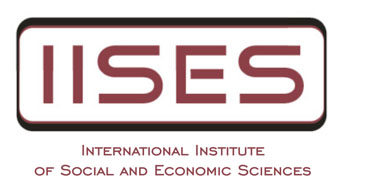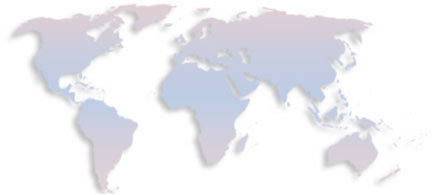REVERSE INNOVATION – HOW IT WORKS
ZUZANNA OSTRASZEWSKA, AGNIESZKA TYLEC
Abstract:
Innovation is nowadays one of the most important factors of modernity and competitive position of business units and the entire economy. To continue developing and maintaining an advantage in the market enterprises will increasingly need to focus on radical innovation. This undoubtedly is reversed innovation. The concept of reverse innovation bases on research on innovation implemented in poor, developing countries, what generates incomparably lower costs than in the case of laboratories held in developed countries. The main idea of the concept is final transfer of the product and its adaptation, then its use and distribution on highly developed markets. This is the opposite of the traditional approach to innovation, which is used in knowledge-based economies in the developed world. It is expected that emerging markets will be in greater extent used as a cheap production resources on a larger scale than at present – both for research and development. The concept of reverse innovation, that is the production of ideas on emerging market and then their “upstreaming” to Western markets, is however a big challenge for the organization. It involves elimination of existing organizational structures and creation of new ones, modernization of research, development and production methods, as well as reorientation of awareness of employees and executives. The paper presents the theoretical aspects of reverse innovation, its role in building the company’s strategy and the impact on the development of emerging economies.
Keywords:
Frugal Innovation, Reverse Innovation, Good-enough Innovation, Gandhian Innovation, Jugaad Innovation, BOP Market, Emerging Markets
DOI: 10.20472/BM.2015.3.1.004
PDF:
Download
APA citation:
ZUZANNA OSTRASZEWSKA, AGNIESZKA TYLEC (2015). Reverse innovation – how it works. International Journal of Business and Management, Vol. III(1), pp. 57-74. , DOI: 10.20472/BM.2015.3.1.004
Copyright © 2015, Zuzanna Ostraszewska et al, zuzannao@zim.pcz.pl

